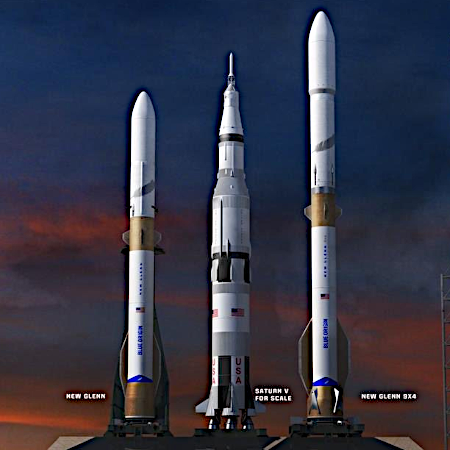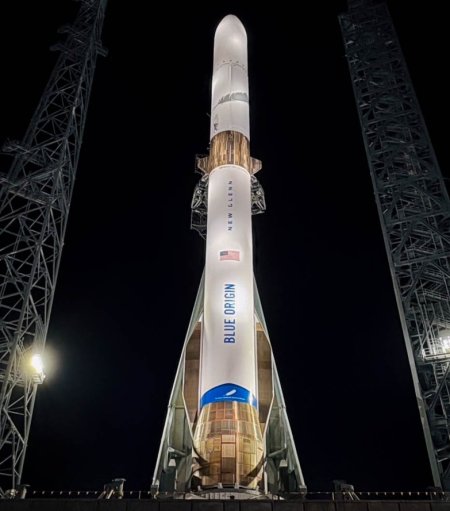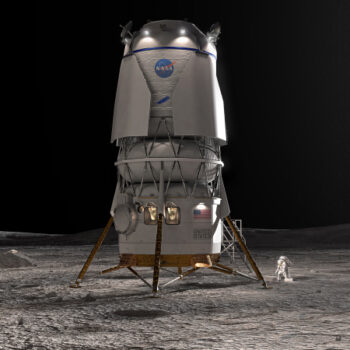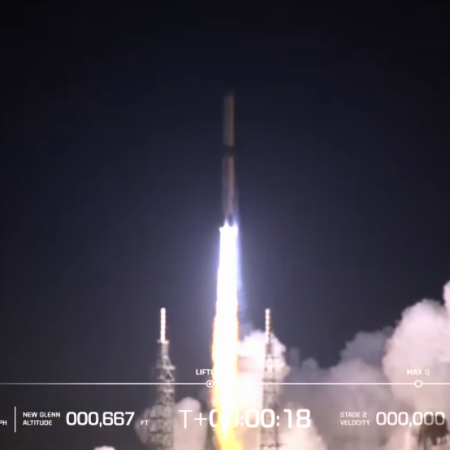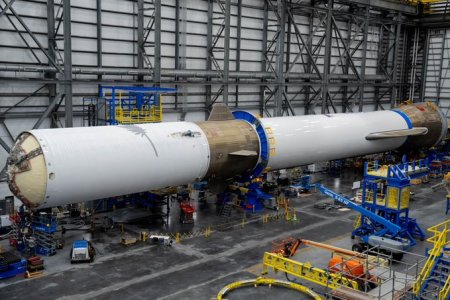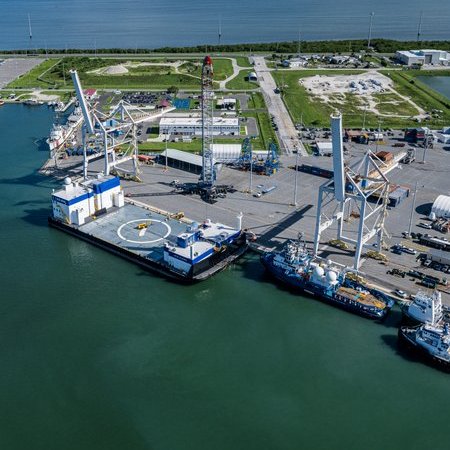Florida opposition grows against renewing Blue Origin’s wastewater permit

Chicken Little gains support!
It appears the political opposition by local politicians and activists against renewing Blue Origin’s wastewater permit for its Florida rocket facilities is growing, and could result in major delays for the company.
Four weeks ago, Cocoa Beach Realtor Jill Steinhauser launched an online petition opposing Blue Origin’s draft permit to discharge wastewater into the Indian River Lagoon, writing that “decades of nutrient pollution, algae blooms, seagrass collapse, habitat loss, and record manatee deaths have pushed this fragile ecosystem to the edge.” Since then, Space Coast buzz has significantly grown opposing Blue Origin’s permit-renewal bid to operate a 490,000-gallon-per-day industrial wastewater treatment facility at its massive rocket manufacturing plant just south of the Kennedy Space Center Visitor Complex.
And on Thursday, Dec. 18 — the Florida Department of Environmental Protection’s deadline date for public comment — Steinhauser submitted 43,475 verified petition signatures to the state agency.
A five-year permit had first been issued in 2020, and now needs to be renewed. Steinhauser’s campaign has apparently caught the interest of local Democratic Party politicians, who see another great way for them to to block another American success. In early December the Democrats on the Brevard county commission came out against renewing the permit, and followed up with an official vote of opposition shortly thereafter. This was then backed by the Cape Canaveral City Council on December 16th. That same week “eight Democratic state legislators signed a letter opposing Blue Origin’s draft permit.”
It appears that unlike SpaceX’s closed loop system, Blue Origin’s system is open-looped, which carries the possibility that its system can overflow into the Indian River Lagoon. However, officials from Florida’s Department of Environmental Protection (DEP) note that the system has more than ample capacity to avoid such an overflow.
The facility’s flow averages about 40,000 gallons per day, which is less than 10% of the maximum limit. The industrial wastewater covered by the permit does not come into contact with fuel or other hazardous materials, and it is discharged into a 9¼-acre stormwater retention pond. If the pond reaches its designed holding capacity during heavy rainfall, it overflows through a 3-mile-long drainage ditch along Ransom Road before eventually reaching the lagoon.
Though it is likely that this opposition will fail in the end, it could cause a delay in the permit renewal. If that happens, Blue Origin might find its launch plans for 2026 seriously hampered.

Chicken Little gains support!
It appears the political opposition by local politicians and activists against renewing Blue Origin’s wastewater permit for its Florida rocket facilities is growing, and could result in major delays for the company.
Four weeks ago, Cocoa Beach Realtor Jill Steinhauser launched an online petition opposing Blue Origin’s draft permit to discharge wastewater into the Indian River Lagoon, writing that “decades of nutrient pollution, algae blooms, seagrass collapse, habitat loss, and record manatee deaths have pushed this fragile ecosystem to the edge.” Since then, Space Coast buzz has significantly grown opposing Blue Origin’s permit-renewal bid to operate a 490,000-gallon-per-day industrial wastewater treatment facility at its massive rocket manufacturing plant just south of the Kennedy Space Center Visitor Complex.
And on Thursday, Dec. 18 — the Florida Department of Environmental Protection’s deadline date for public comment — Steinhauser submitted 43,475 verified petition signatures to the state agency.
A five-year permit had first been issued in 2020, and now needs to be renewed. Steinhauser’s campaign has apparently caught the interest of local Democratic Party politicians, who see another great way for them to to block another American success. In early December the Democrats on the Brevard county commission came out against renewing the permit, and followed up with an official vote of opposition shortly thereafter. This was then backed by the Cape Canaveral City Council on December 16th. That same week “eight Democratic state legislators signed a letter opposing Blue Origin’s draft permit.”
It appears that unlike SpaceX’s closed loop system, Blue Origin’s system is open-looped, which carries the possibility that its system can overflow into the Indian River Lagoon. However, officials from Florida’s Department of Environmental Protection (DEP) note that the system has more than ample capacity to avoid such an overflow.
The facility’s flow averages about 40,000 gallons per day, which is less than 10% of the maximum limit. The industrial wastewater covered by the permit does not come into contact with fuel or other hazardous materials, and it is discharged into a 9¼-acre stormwater retention pond. If the pond reaches its designed holding capacity during heavy rainfall, it overflows through a 3-mile-long drainage ditch along Ransom Road before eventually reaching the lagoon.
Though it is likely that this opposition will fail in the end, it could cause a delay in the permit renewal. If that happens, Blue Origin might find its launch plans for 2026 seriously hampered.

